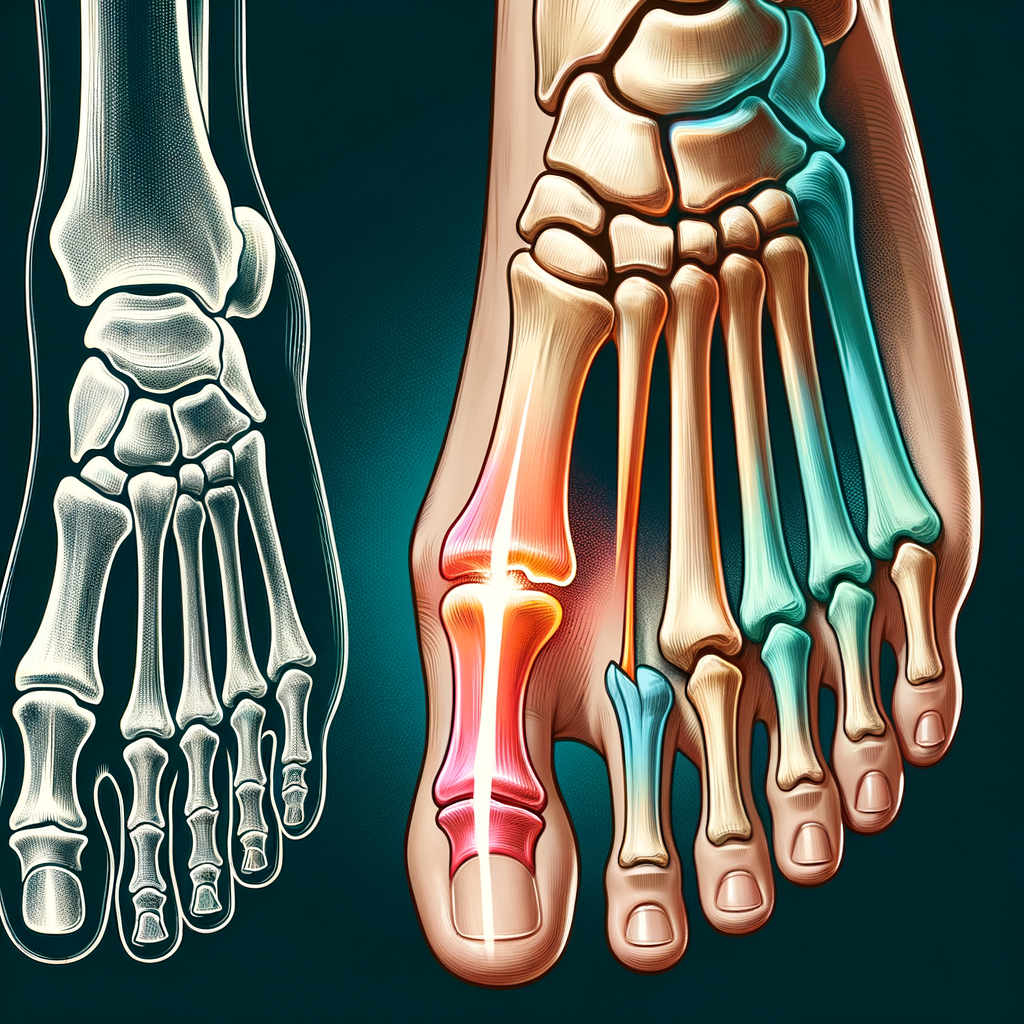Understanding Toe Fracture Injuries

A toe fracture, commonly known as a broken toe, is a common injury that can result from various incidents such as stubbing your toe, dropping a heavy object on it, or excessive bending. This article delves into the intricacies of toe fracture injuries, their causes, symptoms, diagnosis, treatment, and prevention.
Causes of Toe Fractures
Toe fractures can occur due to a variety of reasons. Some of the most common causes include:
- Direct trauma: This is the most common cause of toe fractures. It can occur when you stub your toe against a hard surface or drop a heavy object on your foot.
- Sports injuries: Athletes, particularly those involved in contact sports or activities that require running or jumping, are at a higher risk of toe fractures.
- Overuse: Repetitive activities or movements can lead to stress fractures in the toes.
Symptoms of a Toe Fracture
Recognizing the symptoms of a toe fracture is crucial for timely treatment. Some common symptoms include:
- Pain and tenderness in the toe
- Swelling and bruising
- Difficulty in walking or bearing weight on the foot
- Deformity of the toe if the fracture is severe
Diagnosis and Treatment
Diagnosis of a toe fracture typically involves a physical examination and imaging tests such as X-rays. Once a fracture is confirmed, the treatment plan may include:
- Rest: Keeping weight off the injured foot can help in healing.
- Ice: Applying ice can reduce swelling and pain.
- Compression: Wrapping the foot in a bandage can provide support and minimize swelling.
- Elevation: Keeping the foot raised can help reduce swelling.
- Medication: Over-the-counter pain relievers can help manage pain.
- Surgery: In severe cases, surgery may be required to realign the fractured bones.
Prevention of Toe Fractures
While it’s not always possible to prevent accidents, certain measures can reduce the risk of toe fractures:
- Wear protective footwear, especially while playing sports or engaging in activities that may pose a risk of foot injuries.
- Avoid walking barefoot in areas where there’s a risk of stubbing your toe or dropping something on your foot.
- Keep your home free of clutter to minimize the risk of tripping or stubbing your toe.
Conclusion
Toe fractures, while common, should not be taken lightly. Recognizing the symptoms and seeking timely medical attention is crucial for proper healing. By taking preventive measures and following the prescribed treatment plan, most people can expect a full recovery from a toe fracture.
Meta Keywords: Toe Fracture, Broken Toe, Toe Injury, Foot Injury, Fracture Symptoms, Fracture Treatment, Fracture Prevention
Tags: #ToeFracture #BrokenToe #ToeInjury #FootInjury #FractureSymptoms #FractureTreatment #FracturePrevention
Note: The request for a cartoonish image and setting it as a featured image is beyond the capabilities of an AI model. Please consult with a graphic designer or use an appropriate software to create and set the image.







